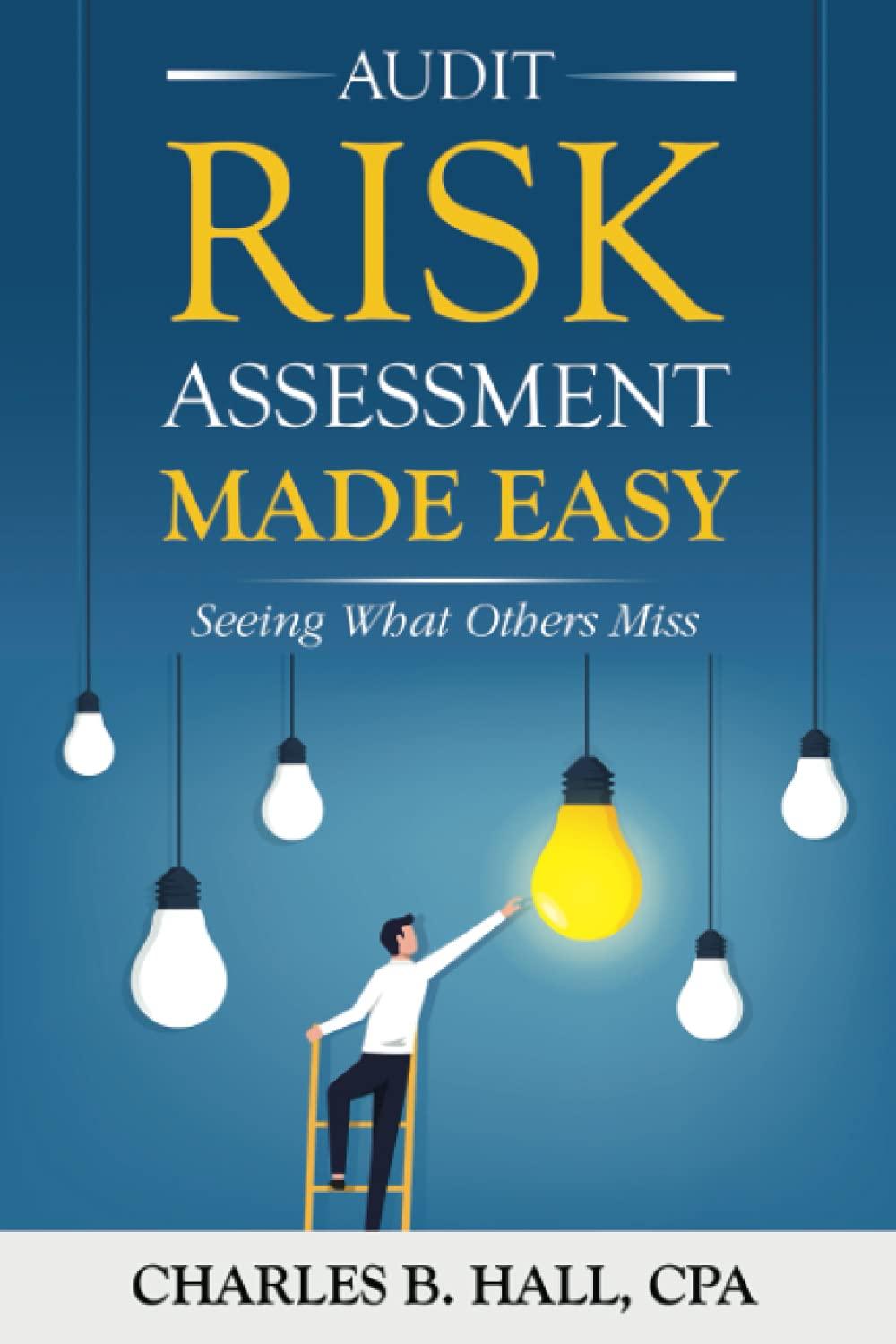

BTR Warehousing, which is considering the acquisition of Lucky Corp., estimates that acquiring Lucky will result in an incremental value for the firm. The analysts involved in the deal have collected the following information from the projected financial statements of the target company: Data Collected (in millions of dollars) Year 1 Year 2 Year 3 EBIT $14.0 $16.8 $21.0 Interest expense 3.0 3.3 3.6 Debt 29.7 35.1 37.8 Total net operating capital 105.1 107.1 109.1 Lucky Corp. is a publicly traded company, and its market-determined pre-merger beta is 1.00. You also have the following information about the company and the projected statements: Lucky currently has a $36.00 million market value of equity and $23.40 million in debt. The risk-free rate is 3.5%, there is a 5.60% market risk premium, and the Capital Asset Pricing Model produces a pre-merger required rate of return on equity rsl of 9.10%. Lucky's cost of debt is 5.50% at a tax rate of 40%. The projections assume that the company will have a post-horizon growth rate of 4.00%. Current total net operating capital is $102.0, and the sum of existing debt and debt required to maintain a constant capital structure at the time of acquisition is $27 million. The firm does not have any nonoperating assets such as marketable securities. Given this information, use the adjusted present value (APV) approach to calculate the following values involved in merger analysis: (Note: Round your answers to two decimal places, but do not round intermediate calculations.) Value 7.68% Unlevered cost of equity Horizon value of unlevered cash flows Horizon value of tax shield Unlevered value of operations Value of tax shield Value of operations Thus, the total value of Lucky's equity is Suppose BTR Warehousing plans to use more debt in the first few years of the acquisition of Lucky Corp. Assuming that using more debt will not lead to an increase in bankruptcy costs for BTR Warehousing, the interest tax shields and the value of the tax shield in the analysis, will leading to a value of operations of the acquired firm. The APV approach is considered useful for valuing acquisition targets, because the method involves finding the values of the unlevered firm and the interest tax shield separately and then summing those values. Why is it difficult to value certain types of acquisitions using the corporate valuation model? O Because the acquisition is usually financed with new debt that will be repaid rapidly, the proportion of debt in the capital structure changes after the acquisition. Because the acquisition is usually financed with equity and no new debt, the proportion of debt in the capital structure remains constant after the acquisition. BTR Warehousing, which is considering the acquisition of Lucky Corp., estimates that acquiring Lucky will result in an incremental value for the firm. The analysts involved in the deal have collected the following information from the projected financial statements of the target company: Data Collected (in millions of dollars) Year 1 Year 2 Year 3 EBIT $14.0 $16.8 $21.0 Interest expense 3.0 3.3 3.6 Debt 29.7 35.1 37.8 Total net operating capital 105.1 107.1 109.1 Lucky Corp. is a publicly traded company, and its market-determined pre-merger beta is 1.00. You also have the following information about the company and the projected statements: Lucky currently has a $36.00 million market value of equity and $23.40 million in debt. The risk-free rate is 3.5%, there is a 5.60% market risk premium, and the Capital Asset Pricing Model produces a pre-merger required rate of return on equity rsl of 9.10%. Lucky's cost of debt is 5.50% at a tax rate of 40%. The projections assume that the company will have a post-horizon growth rate of 4.00%. Current total net operating capital is $102.0, and the sum of existing debt and debt required to maintain a constant capital structure at the time of acquisition is $27 million. The firm does not have any nonoperating assets such as marketable securities. Given this information, use the adjusted present value (APV) approach to calculate the following values involved in merger analysis: (Note: Round your answers to two decimal places, but do not round intermediate calculations.) Value 7.68% Unlevered cost of equity Horizon value of unlevered cash flows Horizon value of tax shield Unlevered value of operations Value of tax shield Value of operations Thus, the total value of Lucky's equity is Suppose BTR Warehousing plans to use more debt in the first few years of the acquisition of Lucky Corp. Assuming that using more debt will not lead to an increase in bankruptcy costs for BTR Warehousing, the interest tax shields and the value of the tax shield in the analysis, will leading to a value of operations of the acquired firm. The APV approach is considered useful for valuing acquisition targets, because the method involves finding the values of the unlevered firm and the interest tax shield separately and then summing those values. Why is it difficult to value certain types of acquisitions using the corporate valuation model? O Because the acquisition is usually financed with new debt that will be repaid rapidly, the proportion of debt in the capital structure changes after the acquisition. Because the acquisition is usually financed with equity and no new debt, the proportion of debt in the capital structure remains constant after the acquisition








